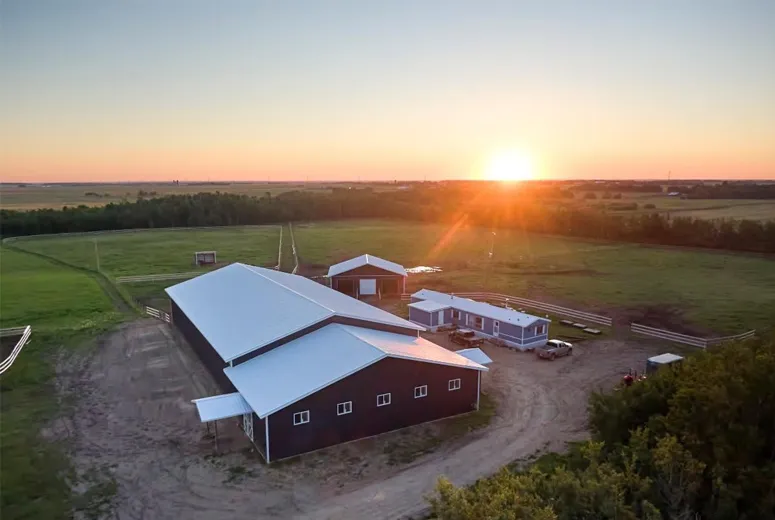- Afrikaans
- Albanian
- Amharic
- Arabic
- Armenian
- Azerbaijani
- Basque
- Belarusian
- Bengali
- Bosnian
- Bulgarian
- Catalan
- Cebuano
- Corsican
- Croatian
- Czech
- Danish
- Dutch
- English
- Esperanto
- Estonian
- Finnish
- French
- Frisian
- Galician
- Georgian
- German
- Greek
- Gujarati
- Haitian Creole
- hausa
- hawaiian
- Hebrew
- Hindi
- Miao
- Hungarian
- Icelandic
- igbo
- Indonesian
- irish
- Italian
- Japanese
- Javanese
- Kannada
- kazakh
- Khmer
- Rwandese
- Korean
- Kurdish
- Kyrgyz
- Lao
- Latin
- Latvian
- Lithuanian
- Luxembourgish
- Macedonian
- Malgashi
- Malay
- Malayalam
- Maltese
- Maori
- Marathi
- Mongolian
- Myanmar
- Nepali
- Norwegian
- Norwegian
- Occitan
- Pashto
- Persian
- Polish
- Portuguese
- Punjabi
- Romanian
- Russian
- Samoan
- Scottish Gaelic
- Serbian
- Sesotho
- Shona
- Sindhi
- Sinhala
- Slovak
- Slovenian
- Somali
- Spanish
- Sundanese
- Swahili
- Swedish
- Tagalog
- Tajik
- Tamil
- Tatar
- Telugu
- Thai
- Turkish
- Turkmen
- Ukrainian
- Urdu
- Uighur
- Uzbek
- Vietnamese
- Welsh
- Bantu
- Yiddish
- Yoruba
- Zulu
Oct . 02, 2024 00:21 Back to list
The Cost of Prefabricated Warehouses A Comprehensive Overview
In recent years, the construction industry has seen a remarkable shift towards prefabricated structures, with warehouses being among the most prevalent applications. Prefabricated warehouses, or prefab warehouses, are built using pre-manufactured components that are assembled on-site. This method offers numerous advantages, including cost efficiency, reduced construction time, and minimal waste. However, understanding the costs associated with constructing a prefabricated warehouse is crucial for businesses considering this investment.
Factors Affecting the Cost
The cost of prefabricated warehouses can vary significantly based on several factors. One of the most critical is the size of the warehouse. Larger structures generally come with economies of scale, which can lower the cost per square foot. However, they also require more substantial initial investments. Typically, the cost of a prefabricated warehouse ranges from $10 to $25 per square foot, heavily influenced by its dimensions and design complexity.
Materials play another significant role in determining the overall cost. The choice between different types of steel, insulation materials, and finishes can greatly impact the final price. For instance, a warehouse utilizing high-quality insulated panels may cost more upfront but can lead to significant savings in energy costs over time.
Location is equally important when considering cost. Regional differences in labor rates, transportation, and material availability can all influence the final expense of a prefabricated warehouse. For instance, constructing a warehouse in a remote area may incur higher transportation costs for materials, while urban locales may present higher labor costs.
Design Features also contribute to the overall cost. Basic structures without elaborate features such as advanced ventilation systems, office spaces, or specialized loading docks will be less expensive than custom-designed warehouses that cater to specific operational needs. Businesses should weigh the necessity of these features against their budget constraints.
Additional Cost Considerations
prefabricated warehouse cost

While initial construction costs are critical, businesses must also consider ongoing operational costs when calculating the total financial investment of a prefabricated warehouse. This includes expenses related to maintenance, utilities, and insurance. Prefabricated structures are often designed to be energy-efficient, which can help reduce utility costs. Furthermore, because these warehouses are built to high standards, maintenance costs can be lower than those of traditional warehouses.
Financing options can also impact the overall cost. Businesses often explore various financing routes, including loans, leases, or even government grants for construction. The terms of financing can affect cash flow and impact long-term financial planning, making it essential to evaluate all options carefully.
Cost Savings with Prefabricated Warehouses
One of the primary reasons businesses opt for prefabricated warehouses is the potential for significant cost savings. By reducing construction time, businesses can occupy the warehouse and begin operations sooner, leading to earlier revenue generation. Prefabricated warehouses can be erected much faster than traditional structures, with construction times minimized to a matter of weeks instead of months.
Moreover, reduced labor costs associated with quicker assembly can result in direct savings for businesses. The prefabrication process often employs skilled laborers who specialize in assembling the components rather than traditional construction methods, which may require a more extensive labor force and a longer timeline.
Conclusion
The decision to invest in a prefabricated warehouse can be a strategic one, offering numerous benefits both in terms of initial costs and long-term operational efficiencies. Understanding the various factors that influence the overall cost—size, materials, location, design features, and ongoing expenses—allows businesses to make informed decisions that align with their financial goals.
Ultimately, while the upfront costs are essential to consider, the overall value offered by a prefabricated warehouse—including time savings, reduced labor costs, and energy efficiency—can make it a compelling choice for many companies looking to optimize their operations. As the market for prefabricated warehouses continues to grow, more businesses are recognizing the advantages that these structures bring to their logistical and operational frameworks.
-
How Do Prefabricated Steel Structures Transform Modern Construction?
NewsJul.14,2025
-
How Do Prefabricated Metal Buildings Redefine Modern Construction?
NewsJul.14,2025
-
How Do Prefab Insulated Metal Buildings and Steel Structures Revolutionize Modern Construction?
NewsJul.14,2025
-
How Do Pre - Engineered Steel Structures Redefine Modern Construction?
NewsJul.14,2025
-
Advancing Modular Construction with Prefabricated Metal Structures
NewsJul.14,2025
-
Advancing Industrial Infrastructure with Prefabricated Steel Solutions
NewsJul.14,2025
Products categories
Our Latest News
We have a professional design team and an excellent production and construction team.












